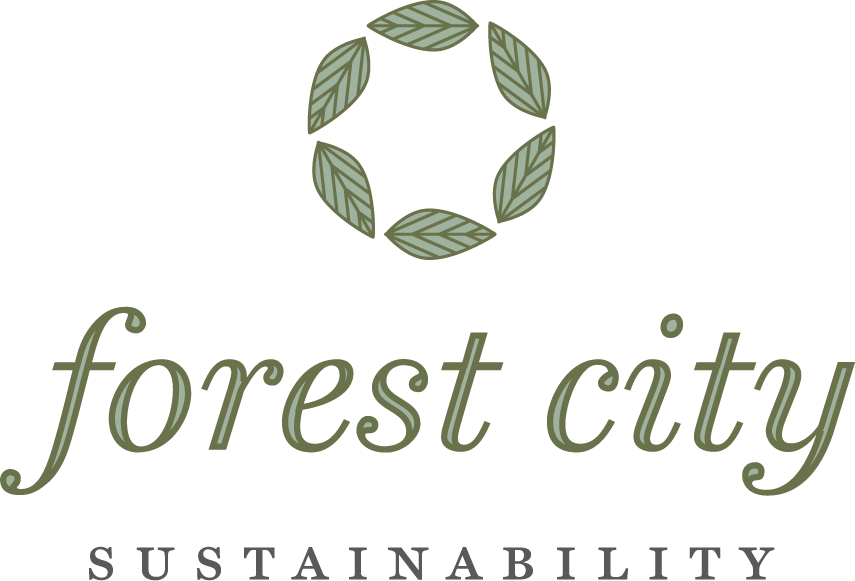Accidental Climate Win?
The Rockford Register Star recently announced an agreement with the US Postal Service (USPS) for newspaper delivery. The announcement indicated the motivation is “to optimize resources amidst increasing digital readership demand”. Possibly this is a euphemism for “cutting costs amidst decreasing print readership demand”.
It seems to be a really good idea. With both print media and the USPS facing headwinds in the digital age, it just doesn’t make sense to have two fleets of vehicles circulating through the community. Lower costs for the newspaper, higher demand for the USPS, and less wear and tear on the roads.
It’s not without its downsides. The newspaper carriers are now out of a job. This is unfortunate. It probably wasn’t the kind of job that would support a family, but many likely used the early hours to enable a second income. That kind of income will be challenging to replace.
The missing front-page story here is that this is a significant advancement in sustainability for the region. I guess you can’t be accused of “burying the lede” if you don’t recognize the largest impact of the story. The newspaper carriers were independent contractors, they used their personal vehicles that were not necessarily efficient for the task. The fleet of USPS delivery vehicles was designed for the delivery of mail and packages, with efficiency and safety at the top of the list of considerations. And, in January, the USPS announced that it was deploying more than 66,000 electric delivery vehicles by 2028.
This move is clearly a win for the climate, and if it happened for other reasons, that’s OK. Focusing first on waste elimination (or productivity or efficiency) is a perfectly legitimate strategy for businesses committed to improving their sustainability.
The ability to recognize opportunities such as this is enhanced with a system perspective, one that is facilitated by measuring the impact of the products, services, and operations. Whether it is called a “carbon footprint” or an “emissions inventory”, understanding how your business impacts the climate is key to making progress.
